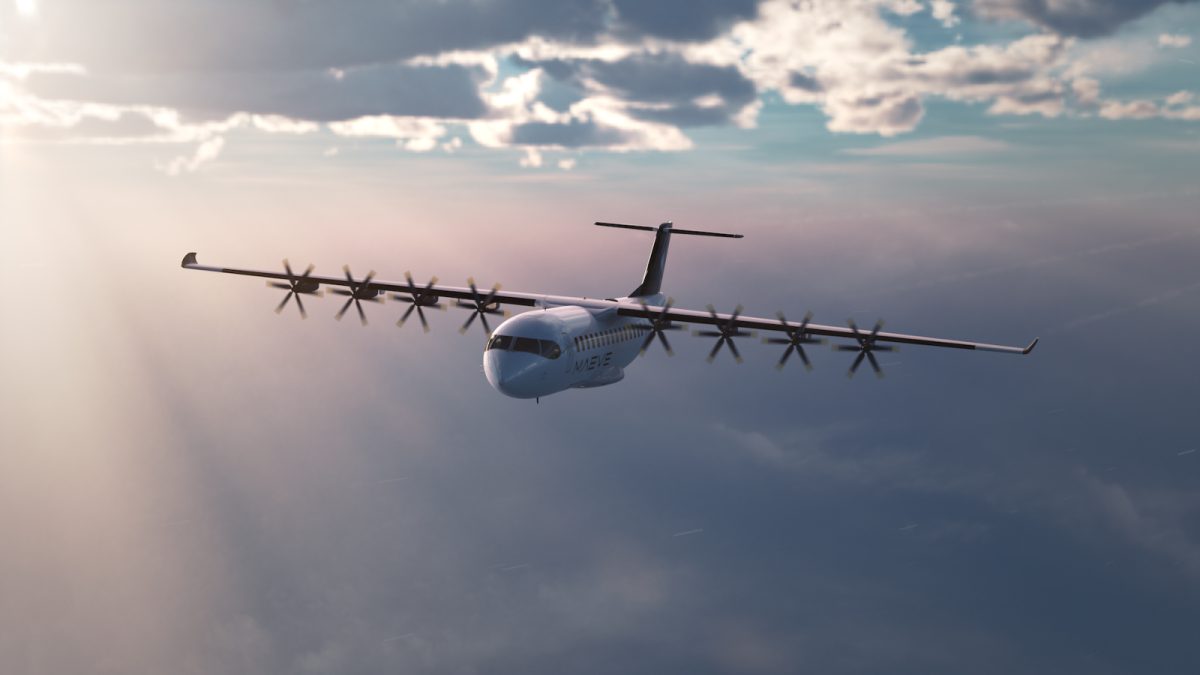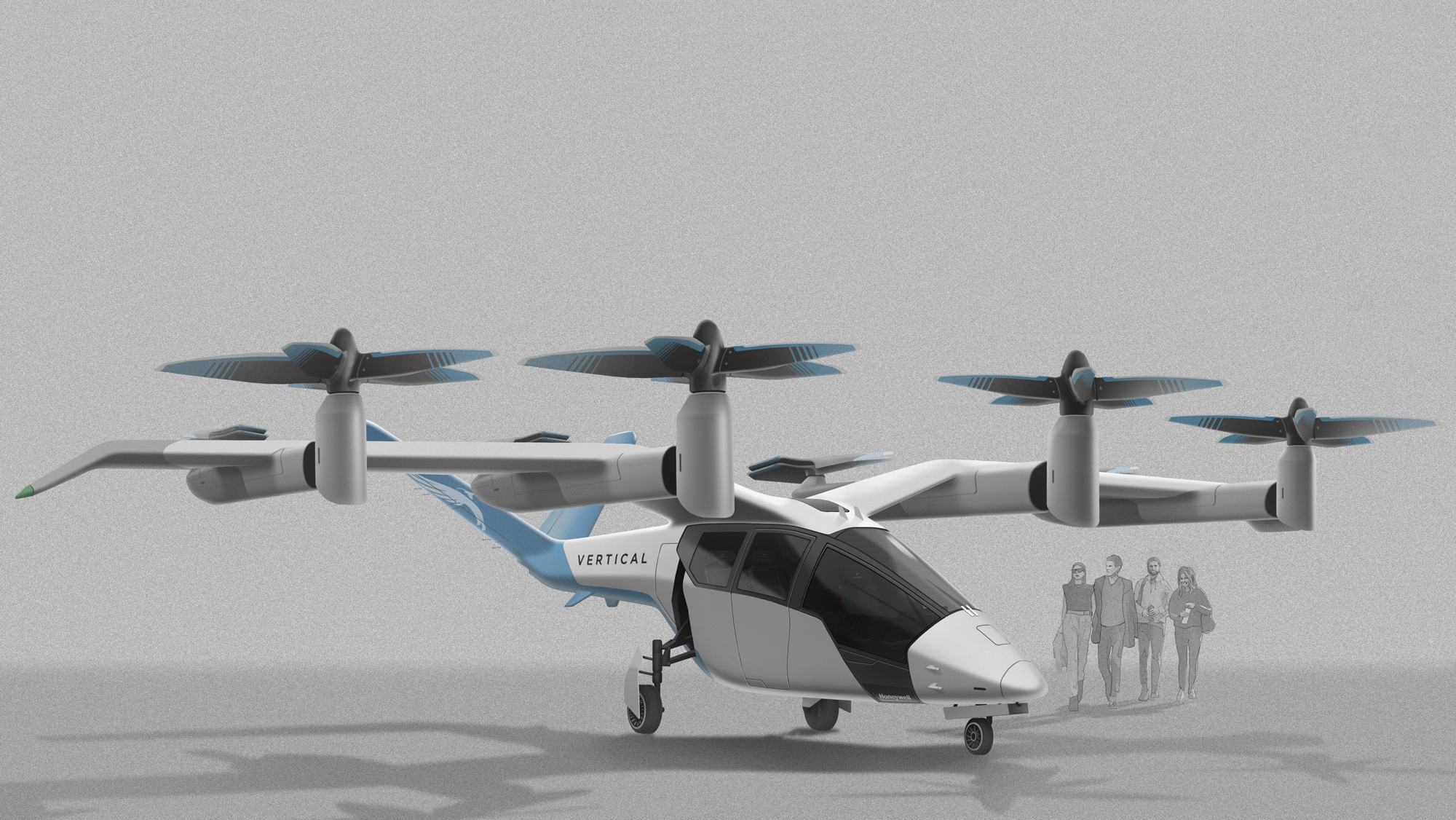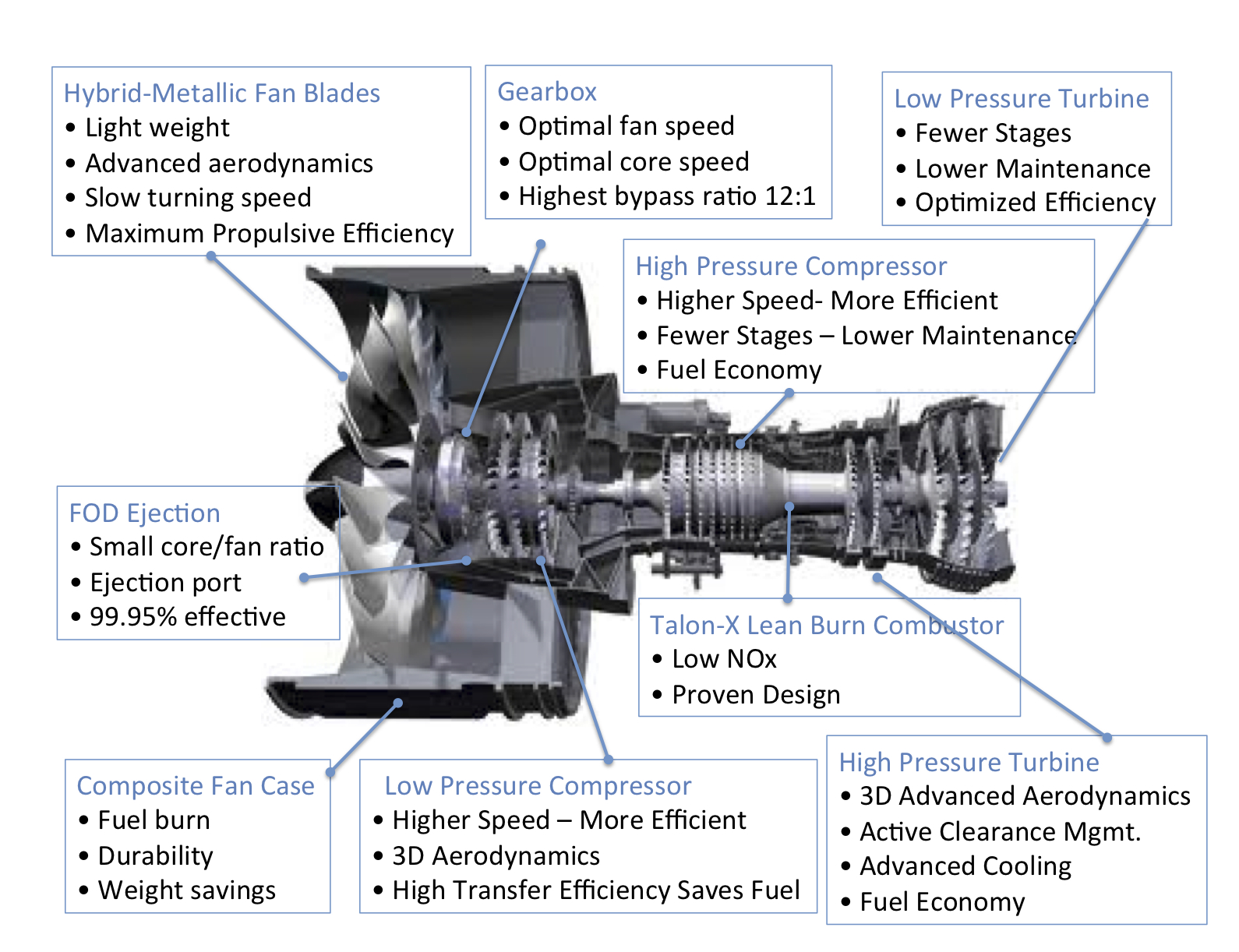Leeham News and Analysis
There's more to real news than a news release.
Bjorn’s Corner: New aircraft technologies. Part 10. Engine choice
April 28, 2023, ©. Leeham News: This is a summary of the article New aircraft technologies. Part 10P. Engine choice. The article discusses the engine architecture choices that must be made when developing the next-generation airliners.
Bjorn’s Corner: New aircraft technologies. Part 9P. Engine core advances
Subscription required
By Bjorn Fehrm
April 21, 2023, ©. Leeham News: This is a complementary article to Part 9. Engine core advances. It discusses in detail the next-generation propulsion system cores and what efficiency improvements to expect from different technological advancements.
The Small Airliner Problem
Subscription required
By Bjorn Fehrm
April 20, 2023, © Leeham News: New Sustainable aircraft projects, for economical reasons, target small airliner types as first projects and then, after proving the concept, to move up in size. The number of 9-seat, 19-seat, and 30- to 50-seat upstarts announced over the last years must be in the hundreds.
They all claim major advances in environmentally friendly propulsion and that their first aircraft have viable business models. In their business plans, there are elaborate explanations why local air services will flourish through the introduction of small, environmentally friendly aircraft.
The reality is another. The airliner size, where more than 100 aircraft per year are delivered, is 200 seats increasing, and sales below 50 seats have slowed to a trickle. ATRs, the leading supplier of airliners below 70 seats, delivered five 50-seater turboprops during 2022 out of a total of 29. The 50-seater model stayed at around 10% of deliveries between 2014 to 2019 before COVID, when total production was 70 to 80 turboprops per year.
There are economic reasons for these low numbers, and these are not changing for the better. We will explore these reasons using our airliner Performance and Cost model in a series of articles, where we compare operational costs for 9-, 19- and 50-seaters to the larger aircraft.

Figure 1. The latest small airliner project from Maeve Aerospace. A 50-seater battery-based electric aircraft. Source: Maeve Aerospace.
Summary:
- We show the cost factors and their proportions for different airliner sizes.
- Then we look at how these factors scale with aircraft size.
The production cost trap for eVTOL upstarts
Subscription required
By Bjorn Fehrm
April 13, 2023, © Leeham News: Last week, we gave the example of a new propulsion principle 30-seat airliner as a project that would face the liquidity strain of initial production costs. We continue today with a look at the leading eVTOL projects, where development costs are passing $1bn and growing.
What will be the cash burn before these projects generate positive cash flow from serial production sales and services? We use our production cost model to analyze the situation.

Figure 1. Our generic eVTOL uses an early rendering of the Vertical VX4 as an illustration. Source: Vertical Aerospace.
Summary:
- VTOL projects promise early payback of invested capital.
- Our production cost model says otherwise.
Bjorn’s Corner: New aircraft technologies. Part 7. Propulsion
April 7, 2023, ©. Leeham News: This is a summary of the article New aircraft technologies. Part 7P. Propulsion. The article discusses how developments in the next-generation airliner propulsion system will be the second most important area for improved efficiency and lower emissions after we have decided on the fuselage type.
Bjorn’s Corner: New aircraft technologies. Part 6. Fuselage manufacturing
March 31, 2023, ©. Leeham News: This is a summary of the article New aircraft technologies. Part 6P. Fuselage manufacturing. The article discusses how a non-circular cross-section drives material use towards composites and the difficulties of manufacturing aeronautical composite structures in high volumes.

Figure 1. The elliptical NMA cross-section compared with A321 and 767 cross-sections. Source: Leeham Co.
Read more
Bjorn’s Corner: New aircraft technologies. Part 6P. Fuselage manufacturing
Subscription required
By Bjorn Fehrm
March 31, 2023, ©. Leeham News: This is a complementary article to Part 6. Fuselage manufacturing. It discusses in detail how to manufacture a non-circular fuselage that avoids fatigue problems.
Bjorn’s Corner: New aircraft technologies. Part 4. Fuselage trades
March 17, 2023, ©. Leeham News: This is a summary of the article New aircraft technologies. Part 4P. Fuselage trades. In the article, we discuss the trade-offs involved in designing a fuselage of an airliner with 250 seats using different architectures.
We examine what parameters decide the performance of an aircraft and how fuselage changes like single aisle versus dual aisle affect these parameters.
Bjorn’s Corner: New aircraft technologies. Part 3P. Airframe improvements
Subscription required
By Bjorn Fehrm
March 10, 2023, ©. Leeham News: This is a complementary article to New aircraft technologies. Part 3. Airframe improvements. It discusses in detail the areas of an airliner airframe where tangible improvement can be made to make it more efficient and thus lower cost combined with less Green-House-Gas (GHG) emissions.





